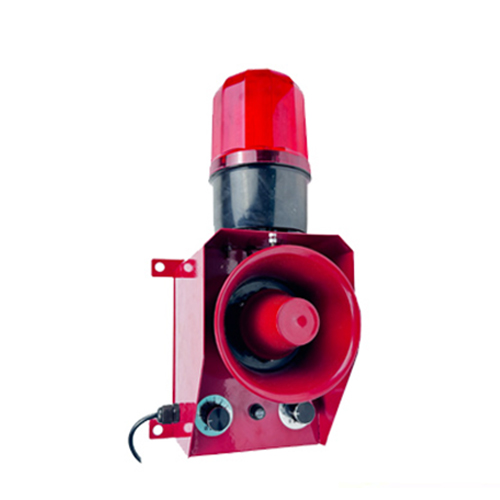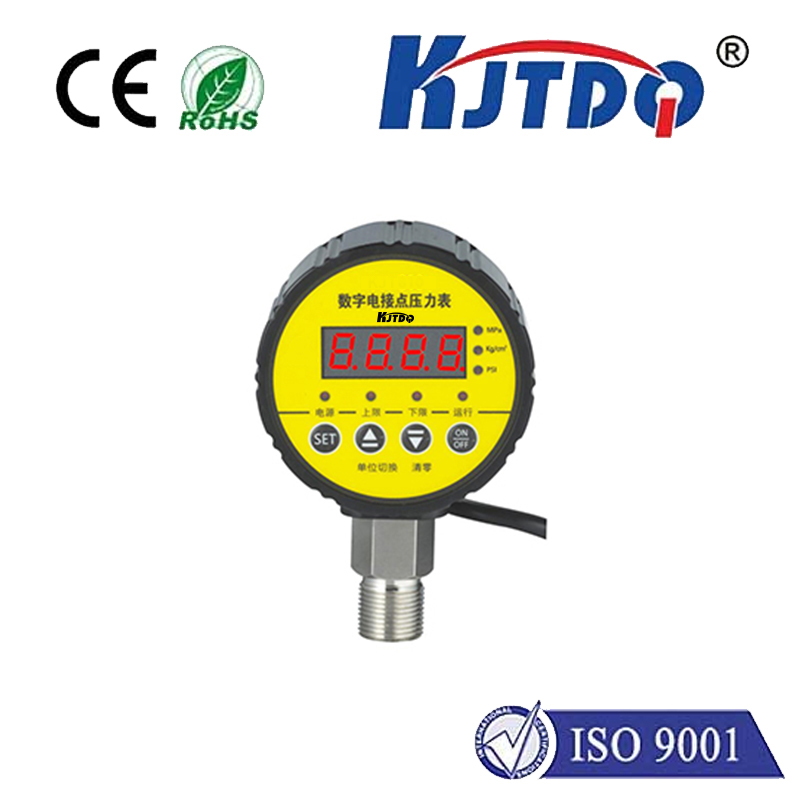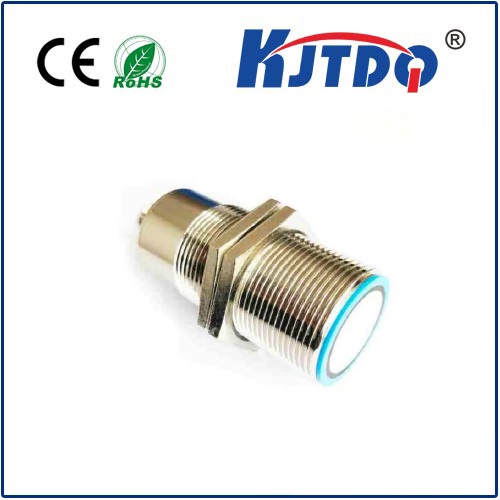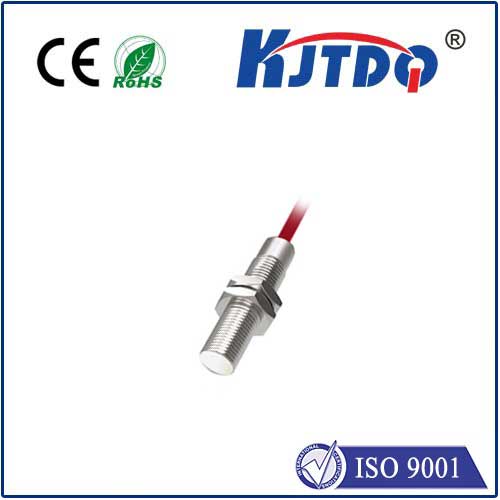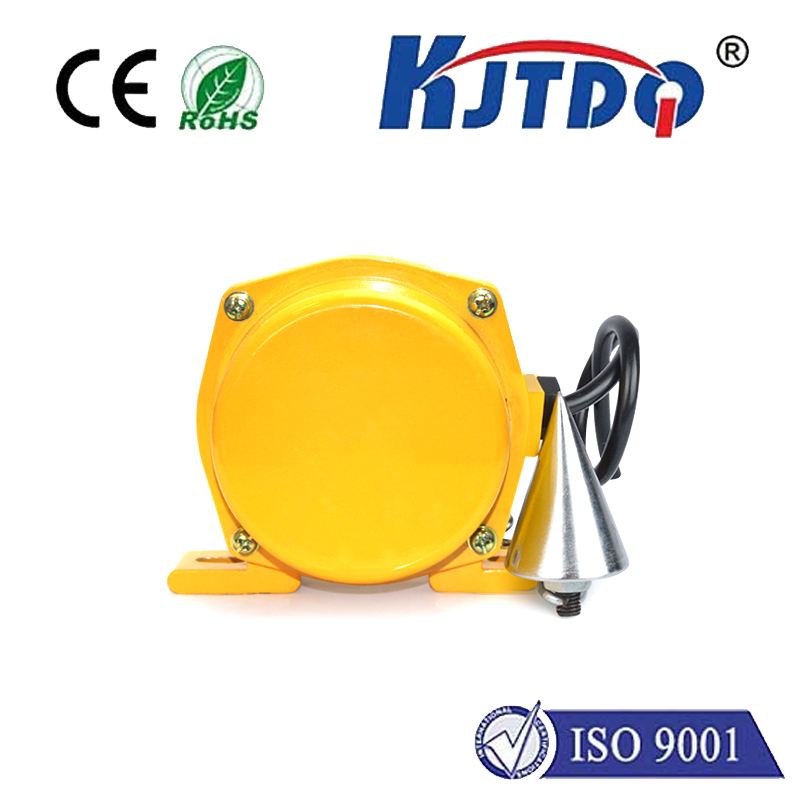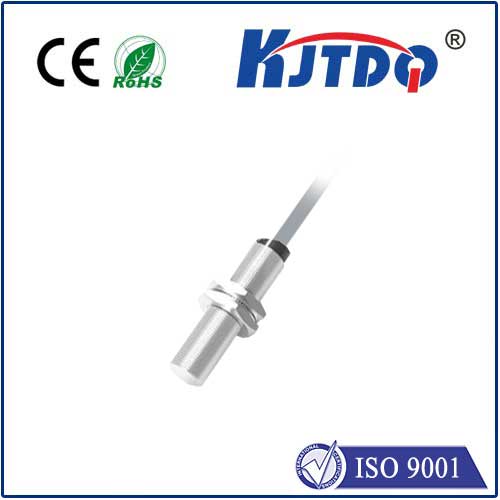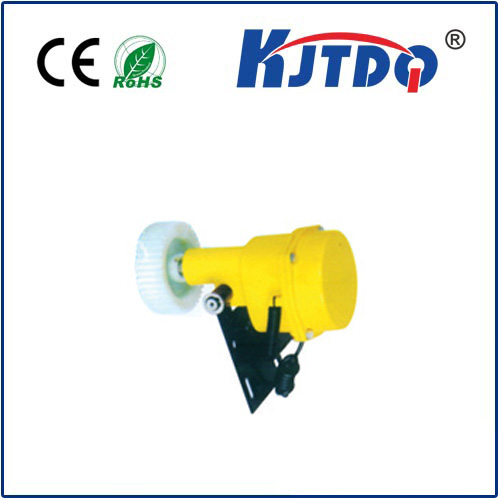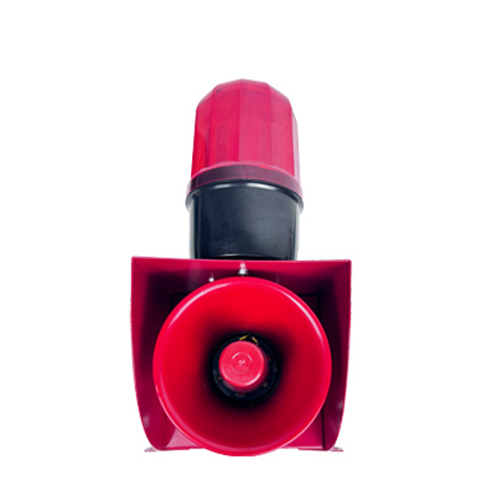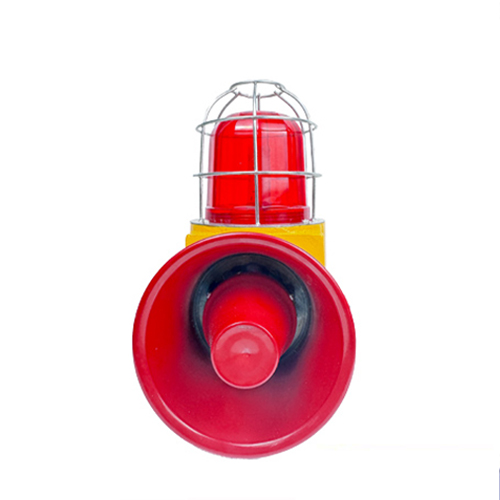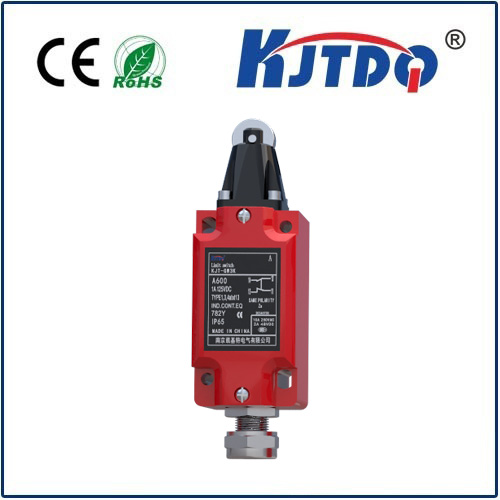

check

check

check

check
Imagine walking into a room, and the lights flicker on without a touch. Or picture a security system silently alerting to an unexpected presence in the dead of night. Behind these seemingly mundane or critical moments often lies an unassuming hero: the infrared photo sensor. These sophisticated devices, sensing light beyond human vision, are fundamental building blocks in countless applications, silently shaping convenience, safety, and efficiency in our world. Understanding how they perceive the invisible infrared spectrum unlocks the fascinating mechanics driving automation and security systems globally.
Infrared (IR) light occupies the electromagnetic spectrum just below visible red light, with wavelengths typically ranging from around 700 nanometers to 1 millimeter. While our eyes cannot detect it, all objects above absolute zero emit infrared radiation proportional to their temperature. This inherent property of heat emission is precisely what most infrared photo sensors exploit. Unlike cameras capturing detailed images, these sensors are designed to detect the presence, movement, or intensity of this infrared radiation, translating it into an electrical signal for interpretation.
The most ubiquitous type for presence and motion detection is the Passive Infrared (PIR) sensor. True to its “passive” nature, it doesn’t emit any radiation itself. Instead, it contains specialized pyroelectric sensing elements – often crystals like lithium tantalate – that generate a small electrical charge when exposed to changes in the level of incident infrared radiation. A crucial component is the Fresnel lens array covering the sensor. This lens divides the field of view into distinct zones. When a warm object (like a person or animal) moves across these zones, it causes a rapid change in the IR radiation pattern hitting the sensor element. This change is key – a static heat source won’t trigger it. The sensor interprets this fluctuation as motion and sends a corresponding signal, triggering actions like switching lights or sounding alarms. The efficiency and reliability of PIR sensors make them ideal for indoor security systems, automatic lighting, and energy-saving HVAC controls.

Beyond motion detection, infrared photo sensors function as precise detectors of IR light intensity or presence. These are commonly used in applications like:
The advantages of infrared photo sensors are compelling. Their passive nature (in the case of PIRs) means minimal power consumption, crucial for battery-operated devices and energy efficiency goals. They are unaffected by ambient visible light, functioning reliably in total darkness or bright sunlight. Compared to technologies like microwave radar, they are generally simpler, more cost-effective, and less prone to interference through walls (for PIRs). Their robustness and long operational life contribute significantly to low maintenance requirements.
However, like any technology, they have considerations. PIR sensors primarily detect changes in heat radiation from moving objects; a perfectly still person might not be detected. Their effectiveness can be influenced by extreme ambient temperatures or strong drafts carrying heat. Objects at the same temperature as the background can be challenging to discern. Beam breakers require precise alignment between transmitter and receiver. Understanding these limitations is essential for correct deployment and managing expectations.
Infrared photo sensors are far from static technology. Continuous innovation focuses on improving sensitivity, selectivity (distinguishing humans from pets is a classic challenge for PIRs), and range. Integration with microcontrollers and artificial intelligence algorithms is enabling smarter interpretation of sensor data, reducing false triggers and enabling more complex behaviors. The rise of the Internet of Things (IoT) sees IR sensors integrated into vast sensor networks, contributing data points for smart buildings, predictive maintenance, and personalized automation. Miniaturization is also pushing them into novel applications like wearable health monitors tracking subtle physiological signals.
From the fundamental principle of detecting invisible infrared photons to triggering tangible actions in the physical world, the infrared photo sensor is a remarkable feat of engineering miniaturization. Its ability to seamlessly perceive the thermal signatures of life and movement makes it an indispensable, often overlooked, component driving automation, enhancing security, and promoting energy conservation. As technology evolves, these silent sentinels operating in the infrared spectrum will undoubtedly continue to find new ways to perceive our environment and make our interactions with technology, machinery, and even our own homes, more intuitive, safe, and efficient. Their role as the invisible foundation of countless systems underscores their critical importance in the modern technological landscape.
